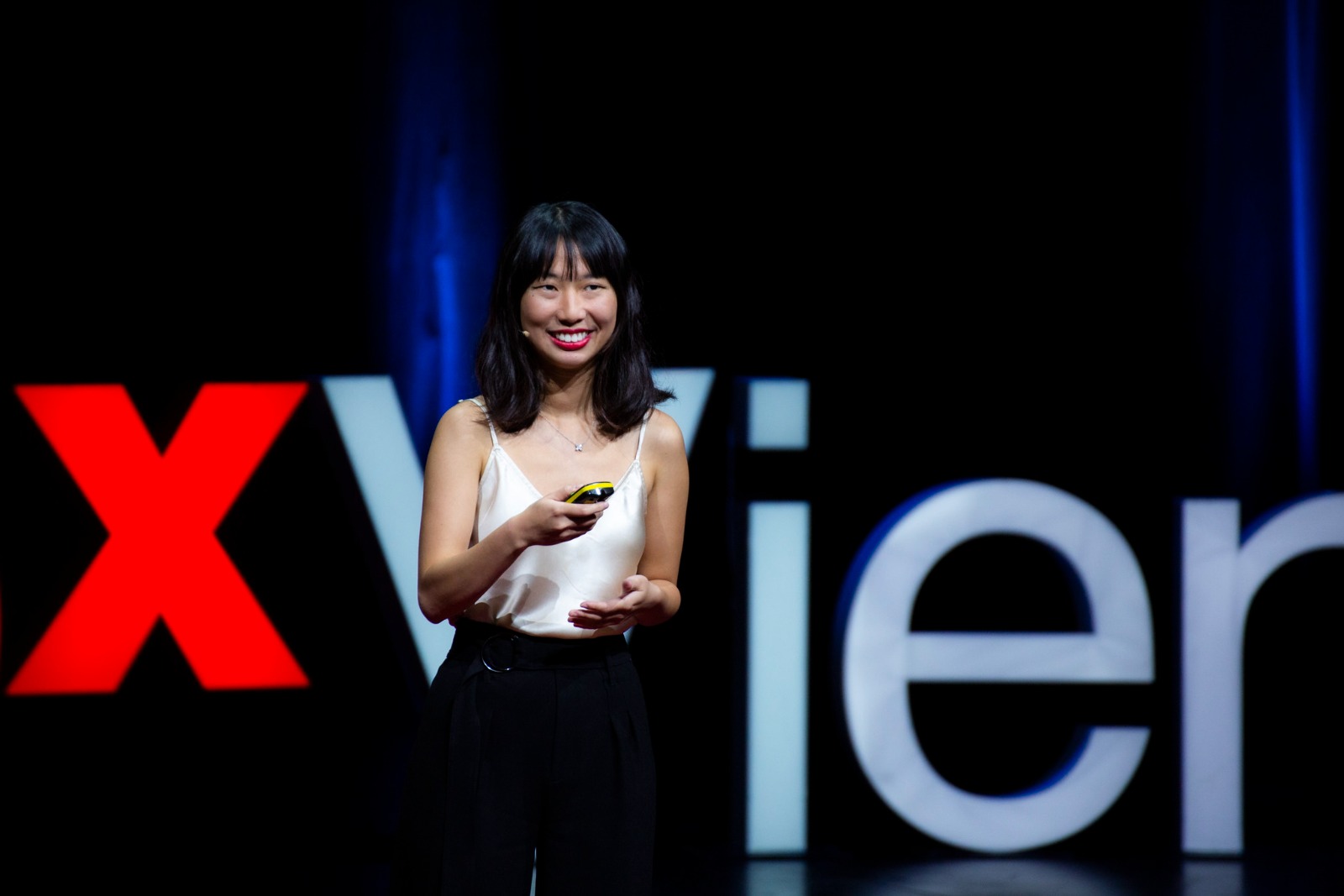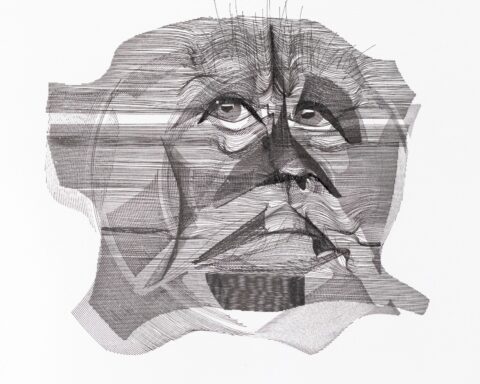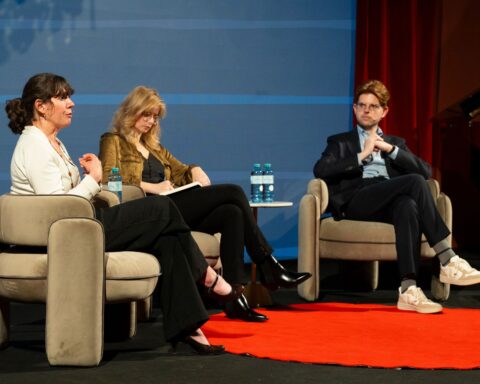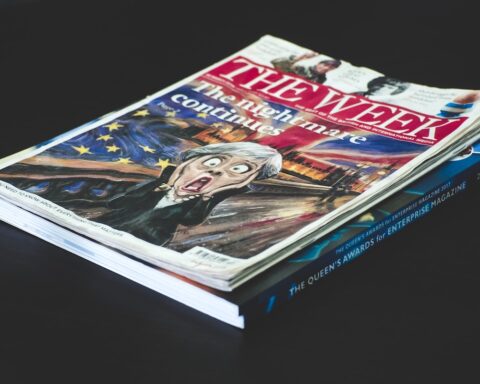When it comes to the ever-changing world around us, as well as the growing list of concerns about the current state of society, multidisciplinary designer and visual artist Jann Choy doesn’t want to offer solutions on a silver platter. Instead, she wants to help us ask better questions. The kind that pushes us to look beyond our preferences and behaviors. The kind that makes us think.
That is, after all, the main purpose behind speculative design, or design fiction. Coined in the 90s by Anthony Dunne and Fionna Raby, the term refers to a design practice that is essentially a tool for questioning. As a method, speculative design gives designers an opportunity to develop new prototypes for the future.
Jann Choy’s project Liǎn (脸) is a perfect example of how speculative design proposals can act like mirrors, reflecting the role a specific technology may play in our lives. Awarded the MullenLowe YourNOVA award in 2021, Liǎn draws inspiration from Chinese face-changing opera art 变脸 (biàn liǎn) and online avatars, and employs speculative design to explore the relationship between our online personas and offline selves.
As a D&AD Yellow Pencil New Blood Winner and a recipient of numerous other accolades, Jann uses various mediums and methods to highlight modern issues, as well as open conversations about the intersection between humanity and technology.
After her talk, we had a chance to sit down with Jann and dive deeper into speculative design, as well as her work.
“The most important thing about design is that it makes you think”.
Jann Choy
Your talk was a fascinating introduction to speculative design for me. As a designer who works interdisciplinary, with different mediums, what attracts you most to speculative design?
First, I think it’s important to note that, when I speak on speculative design, I’m not speaking for speculative design. I’m just exploring the realm of speculation. I think what really interests me is that it’s all kind of weird. These are the kind of projects that make people think. We are used to seeing designs as templates, everything’s quite standardized. Compared to Web 1.0, where MySpace, for example, was a crazy space, Web 2.0 streamlined everything, transformed it into little boxes and templates. So having a weird design that makes you ask yourself, “What is going on?”, that shocks you and makes you think. That’s what I like the most. Because when people experience shock, they might feel weird at the beginning, but then it all slowly seeps into them, they slowly start thinking. I think that’s the most important thing about design, that it makes you think.
What was your original idea behind Liân, your experimental mask, back at the beginning? Were you hoping to provoke some sort of reaction in your audience?
I have always been interested in biàn liǎn and knew I want edto do something with it. Similarly, I’ve always been very interested in the virtual world. So originally, this was about my love for both of these mediums. About finding similarities between this ancient art that I saw when I was with my grandparents, and this new medium that I grew up with, and bridging that gap, showing how they can merge. I don’t think my first instinct was, “I want to shock someone”. I just wanted to create something that could highlight this connection, and offer the world something that is both cultural and new. As the project developed, however, I did become really excited about it getting weirder and weirder.
Speculative design can be, as much as it is a process of creation, also a process of discovery. What do you think you’ve learned through building the mask?
I learned to question everything because it will lead you to unexpected discoveries. You might not get answers, but just by questioning, you’re thinking about new things. Usually, we go on about our lives, eat our breakfasts, we don’t look at a teacup, for example, and wonder why it looks the way it looks. But if you start analyzing it, you think, “It’s actually very interesting, the way the handle is formed, and why is there a hole?”. So I’ve learned to just look at things closer. Everything is designed the way it is for a reason. Is that a reason that you believe in or not?
You’ve mentioned that one of the things you have had to ask yourself with Liân was how emotions look like, and how they can be visualized. How did you end up with this representation?
I drew a lot of inspiration from biàn liǎn, the Beijing opera masks, which convey so much meaning. Every detail says something, whether the character is good or bad, about their temper. The eyebrows, for example – if they’re flat, that means something. If they are tilted downwards, it means something else. Then I looked at emojis, which are another kind of mask and which also have a straightforward meaning, a significance for features such as bunched eyebrows or happy eyes, or smiles. I decided to merge the two because my projects are all about merging cultures and ways of life. It was also a matter of making it work. My first few tests did not inflate, so I had to adapt. Many people have made beautiful inflatable masks before, and I took a lot of inspiration from their work.
As technology evolves, the lines between online and reality become really blurry. Why is this something that you chose to explore in your work?
Personally, I feel like I live between them. I’m constantly on my phone, I talk to my friends in VR, and then I see them in real life too. In a way, you are never alone, and I found that really interesting. As someone who grew up this way and who has been socialized in this way, I wanted to highlight this matter in a way that would push people to look at it differently. I also just love technology.
Do you think this is something you will continue exploring in your work, or do you have any other plans for the future?
The virtual world is getting bigger and bigger, and it’s definitely something I want to explore as I go down this rabbit hole. Right now, I’m looking more into VR worlds, meta-humans and creating something that looks like me and speaks like me but is not exactly me. I think the fascination with AI sentience has always been present, and I would like to explore that. Ultimately, these are topics that are relevant and that everyone is thinking about, but I think it’s important to work on things that interest you, personally.
You describe the internet as a performance art space. A place where you get socialized, but also one where you perform. Do you think you can already see any effects of this on the younger generations?
I can’t really speak for them, but there are obvious implications, both good and bad. Social media has definitely influenced people’s insecurities and sense of self, but it has also allowed more people to express themselves freely. Every time there’s a new medium, people are quick to criticize it because they don’t really understand it or they don’t take the time to assess it properly. It’s easier to see the bad in everything. This is why I think it’s so important to have worlds that are speculative, because speculation exposes the good and the bad, and then people can decide for themselves whether they want to engage.
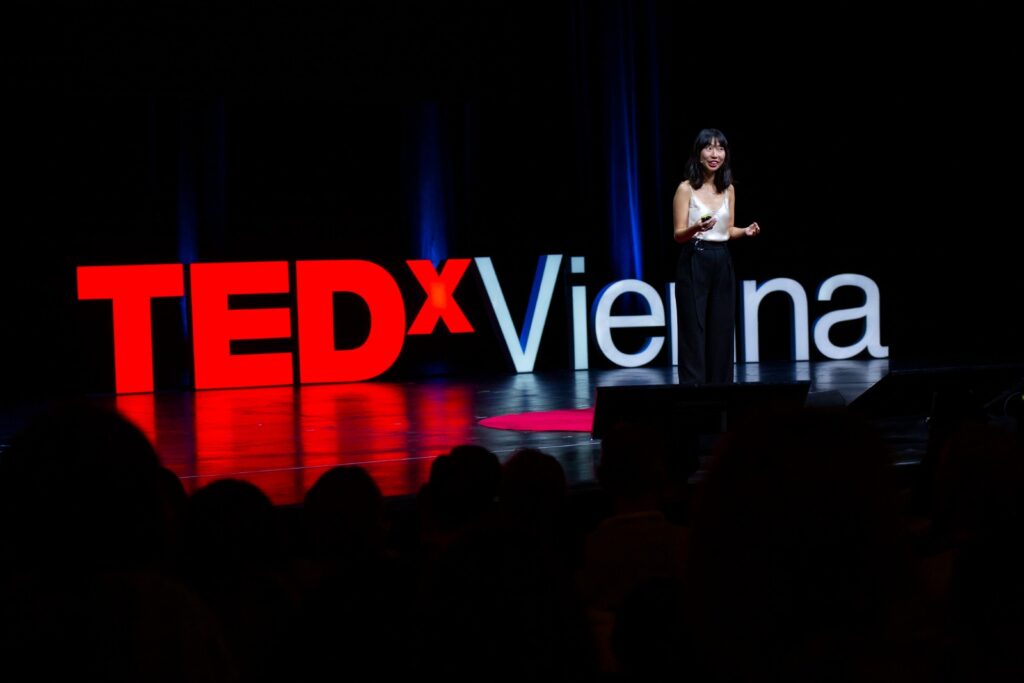
Do you think speculative design can lead to progress and positive developments when it comes to this intersection between humanity and technology?
Definitely. Obviously, I wouldn’t say speculative design is perfect. It does tend to live in an academic bubble, but nonetheless, I think that think tanks remain important because that’s how new solutions and technologies emerge. As long as it’s something that engages people and prompts new discussions, I think it’s beneficial to society. Whether it helps by making someone think about something new or by creating a butterfly effect, it’s the thought process that emerges from it that matters most.
Speculative design pushes boundaries. It’s risky. Obviously, that can also provoke some hostile reactions. Do you think there’s any way to mitigate this and make it more approachable for the masses? Or do you think it should actually remain something that elicits strong reactions?
I think speculative design can and should be whatever it wants to be. It’s valid for you not to like a design. As long as it engages you, I think that’s the most important part, that it makes you wonder, “Why am I feeling this way? What is it I don’t like?”. In a world where everything is standardized, any response is a good response. It’s better to feel something than to remain indifferent to the things around you.
Our 2022 theme is On The Rise. Something that has definitely been on the rise for the last few years is new media. We often see it portrayed in a very negative light, but in your talk, you’re also highlighting the possibilities. Do you think there’s any potential to actually help generate more empathy and make people relate in better ways to themselves and others?
Yes, definitely. New technology allows us to feel empathy for something that mimics being human, and I think that’s a great starting point. Technology can do so much for us, and we should remember to also employ it to help us see different possibilities, to think further. It’s like a prototype tool that people can use the way artists use paintbrushes, to create art in different ways and make people feel.
–
To find out more about Jann’s work, visit her website or connect with her on Instagram.
Watch Jann’s full talk at TEDxVienna On The Rise below:
Photos by Cherie Hansson, Gabriel Bangura, and Nikita Russ.
Interview proofread by Julia Zmölnig.

